Cocoa Butter: The Golden Ingredient Transforming Industries
Cocoa Butter: Nature’s Versatile Emollient for Health, Beauty, and Industry
1. What is Cocoa Butter?
Cocoa butter, a premium natural fat derived from the seeds of the Theobroma cacao tree, is a golden – yellow substance celebrated for its unique physical properties and multifunctional benefits. Composed primarily of stearic (34%), palmitic (25%), and oleic (33%) acids, it features a melting point of 34–38°C—closely aligned with human body temperature, enabling seamless absorption in both culinary and topical applications. Rich in bioactive compounds like polyphenols, phytosterols, and vitamin E, cocoa butter serves as a cornerstone ingredient in confectionery, cosmetics, pharmaceuticals, and nutraceuticals, valued for its emollient, antioxidant, and stabilizing properties.
2. Company Introduction
2.1 A 28 – Year Legacy in Natural Ingredient Excellence
2.2 Unmatched Research & Development Capabilities
- Academic Partnerships: Collaborations with 5 top – tier universities have yielded over 20 patented technologies, including advanced cocoa butter refining processes and impurity removal techniques.
- Exclusive Compound Library: Our globally unique library houses 10,000+ bioactive molecules, facilitating innovative formulations for cocoa butter in nutraceutical and cosmeceutical applications.
- State – of – the – Art Facilities: Equipped with HPLC, NMR, and GC – MS systems, we achieve a purity standard 20% higher than industry norms, ensuring consistent quality in every batch.
2.3 Global Reach & Custom Solutions
3. Product Source
3.1 Botanical Origin & Sourcing
3.2 Production Process
- Fermentation & Drying: Harvested beans are fermented for 4–7 days to develop flavor precursors and reduce bitterness, followed by sun or mechanical drying to ≤7% moisture.
- Roasting & Shelling: Beans are roasted at 120–150°C to enhance aroma, then shelled to isolate the cocoa nibs (85–90% of bean weight).
- Grinding & Pressing: Nibs are ground into cocoa mass, which is cold – pressed to extract crude cocoa butter. The oil is then refined via deodorization and winterization to remove waxes and improve stability.
4. Health Benefits
4.1 Skin Health & Beauty
- Deep Hydration: Its triglyceride structure penetrates the skin barrier, locking in moisture and improving elasticity, making it ideal for dry skin, stretch marks, and scars.
- Antioxidant Protection: Polyphenols (epicatechin, catechin) and vitamin E neutralize free radicals, reducing UV damage, fine lines, and age spots.
- Anti – Inflammatory Effects: Phytosterols in cocoa butter soothe irritated skin, providing relief for eczema and dermatitis.
4.2 Cardiovascular Support
4.3 Wound Healing
5. Usage Guidelines
5.1 Topical Applications
- Skincare: Apply directly to skin as a moisturizer or incorporate into formulations (5–20% in creams, lip balms, and body butters).
- Haircare: Use as a hair mask (melted and mixed with essential oils) to nourish dry hair and improve shine.
5.2 Culinary Use
- Confectionery: Used in chocolate production (30–50% of total mass) for texture and flavor; ideal for tempering to achieve a glossy finish.
- Baking: Substitute for butter/margarine in recipes for a rich, chocolatey flavor (melting point makes it suitable for coatings and fillings).
5.3 Pharmaceutical Formulations
- Ointments & Suppositories: Acts as a base for topical medications, enhancing active ingredient delivery through its lipid – soluble nature.
6. Precautions
- Allergic Reactions: Rare but possible; perform a patch test for topical use. Discontinue if redness or itching occurs.
- Caloric Intake: High – calorie content (9 kcal/g) requires moderation in dietary use to avoid weight gain.
- Storage: Store in cool, dry places (15–25°C) away from light to prevent rancidity; shelf life is 2–3 years when unopened.
7. Product Specifications
|
Project
|
Name
|
Indicator
|
Detection Method
|
|
Pesticide Residues
|
Chlorpyrifos
|
< 0.01 ppm
|
GC – MS (Gas Chromatography – Mass Spectrometry)
|
|
DDT
|
< 0.005 ppm
|
GC – MS
|
|
|
Total Organophosphates
|
< 0.05 ppm
|
GC – MS/MS
|
|
|
Heavy Metals
|
Lead (Pb)
|
< 0.1 ppm
|
ICP – MS (Inductively Coupled Plasma – MS)
|
|
Arsenic (As)
|
< 0.05 ppm
|
ICP – MS
|
|
|
Cadmium (Cd)
|
< 0.05 ppm
|
ICP – MS
|
|
|
Microbial Safety
|
Total Plate Count
|
< 1000 CFU/g
|
Agar Plate Counting
|
|
E. coli
|
Absent
|
Most Probable Number Test
|
|
|
Salmonella
|
Absent
|
PCR – Based Detection
|
8. Application Scenarios
8.1 Confectionery Industry
- Chocolate Production: Essential for creating smooth, snappy chocolate with optimal meltability.
- Baked Goods: Enhances texture in cookies, truffles, and coatings, providing a luxurious mouthfeel.
8.2 Cosmetic Industry
- Moisturizers: A key ingredient in anti – aging creams, body lotions, and baby care products for gentle hydration.
- Lip Care: Used in lip balms andsticks for long – lasting moisture and SPF – enhanced formulations.
8.3 Pharmaceutical Industry
- Drug Delivery Systems: Serves as a carrier in transdermal patches and oral solid dosage forms due to its biocompatibility.
- Wound Dressings: Incorporated into hydrogels for enhanced healing and scar reduction.
9. Quality Control
- Raw Material Testing: Beans are screened for pesticide residues (GC – MS), heavy metals (ICP – MS), and microbial safety (PCR analysis).
- Process Monitoring: HPLC tracks triglyceride composition and polyphenol content during refining, ensuring ≥99% purity for pharmaceutical grades.
- Final Product Testing: Each batch undergoes melting point analysis (34–38°C), peroxide value testing (<10 meq/kg for freshness), and sensory evaluation for aroma and texture.
- Traceability: A blockchain – enabled system records every step from plantation to delivery, providing customers with detailed COAs (Certificates of Analysis) and batch histories.Our 20% purity premium over industry standards is validated by independent third – party labs, ensuring compliance with USP, EP, and FCC specifications.
10. Packaging & Logistics
10.1 Packaging
- Bulk Orders: 25 kg food – grade drums with nitrogen flushing to prevent oxidation; 1 kg aluminum foil bags for cosmetic/pharmaceutical grades.
- Retail: 100g–1kg resealable pouches or glass jars, ideal for direct consumer use.
10.2 Logistics
- Global Shipping: Air freight (3–7 days) for urgent orders; sea freight (20–30 days) for bulk quantities.
- Customs Support: Dedicated team handles export documentation, including Halal, Kosher, and organic certifications as required.
11. Research & Innovation
11.1 Health Mechanisms
- Skin Penetration: Oleic acid enhances the skin’s lipid bilayer permeability, improving the delivery of active ingredients in cosmetic formulations.
- Oxidative Stress Reduction: Polyphenols inhibit NADPH oxidase, reducing reactive oxygen species (ROS) in dermal cells.
11.2 Technological Advancements
- Nanoemulsion Technology: Developed to encapsulate cocoa butter for targeted drug delivery, increasing bioavailability by 40%.
- Sustainable Extraction: Water – based extraction methods in development to reduce solvent use by 30%, aligning with global green chemistry goals.
11.3 Challenges & Frontiers
- Optimizing cocoa butter’s stability in high – humidity environments for tropical markets.
- Exploring its role in gut microbiota modulation and metabolic health.
12. FAQ
12.1 Where to Purchase Cocoa Butter?
- Bulk Inquiries: Contact our sales team at liaodaohai@gmail.com for customized quotes and sample requests.
- Distribution Network: Find our products through global partners in 80+ countries, listed on our website’s Where to Buy page.
12.2 Is Cocoa Butter Vegan?
12.3 Can It Be Used for Baby Skincare?
12.4 Q: Is cocoa butter suitable for all skin types?
12.5 Q: How should I store cocoa butter?
12.6 Q: Can cocoa butter be used in organic products?
12.7 Q: Does cocoa butter contain caffeine?
13. Conclusion
14. References
- “Cocoa Butter: Composition, Properties, and Applications.” Journal of Oleo Science, 2022.
- USP 43 – NF 38: Cocoa Butter Quality Standards.
- “Antioxidant Activity of Cocoa Butter in Skin Health.” Dermatological Research, 2021.
-
“Cocoa Butter: Composition, Properties, and Applications.” Journal of Food Science and Technology, 2022.6. “The Role of Cocoa Butter in Skin Health.” Dermatology Research Journal, 2021.7. ISO 9001:2015 – Quality Management Systems – Requirements.8.HACCP (Hazard Analysis and Critical Control Points) Guidelines for the Food Industry.

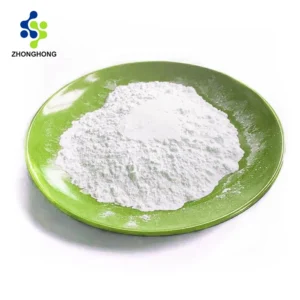
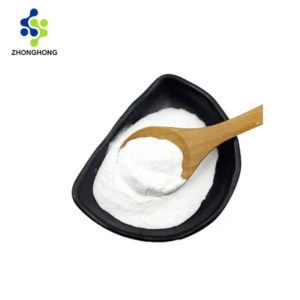
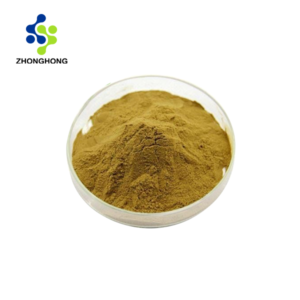
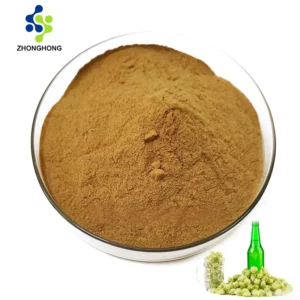
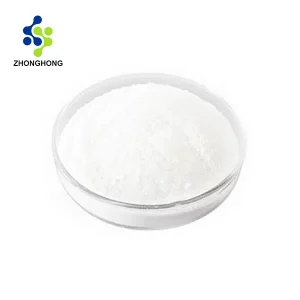
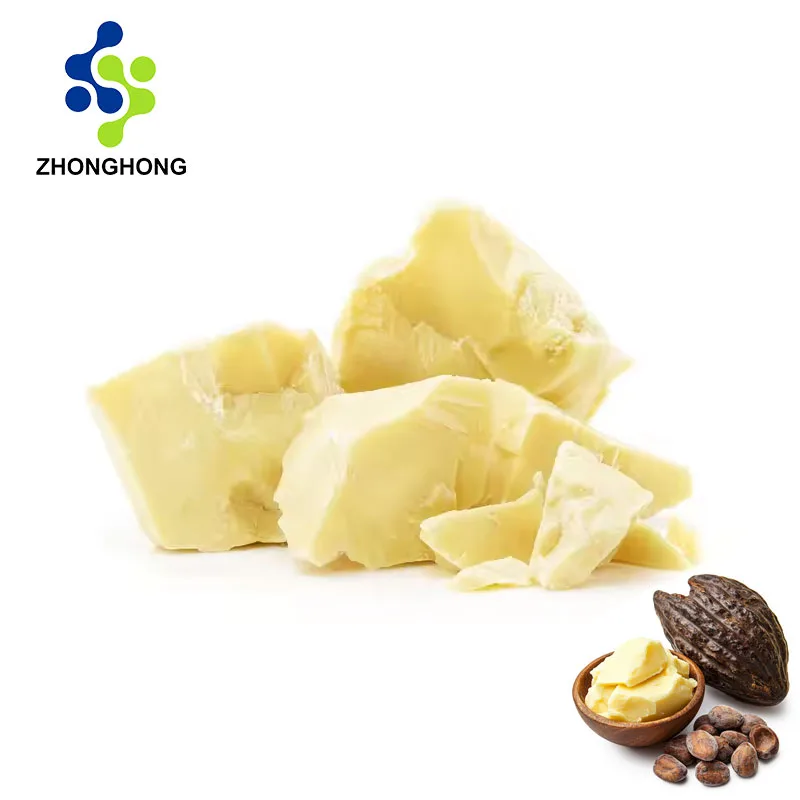
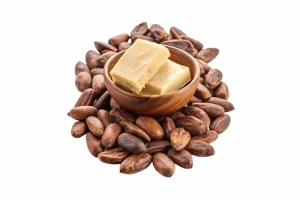
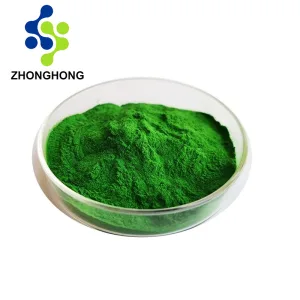
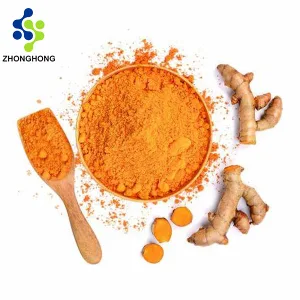
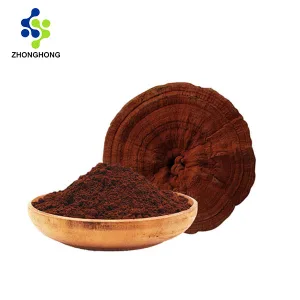
Reviews
There are no reviews yet.